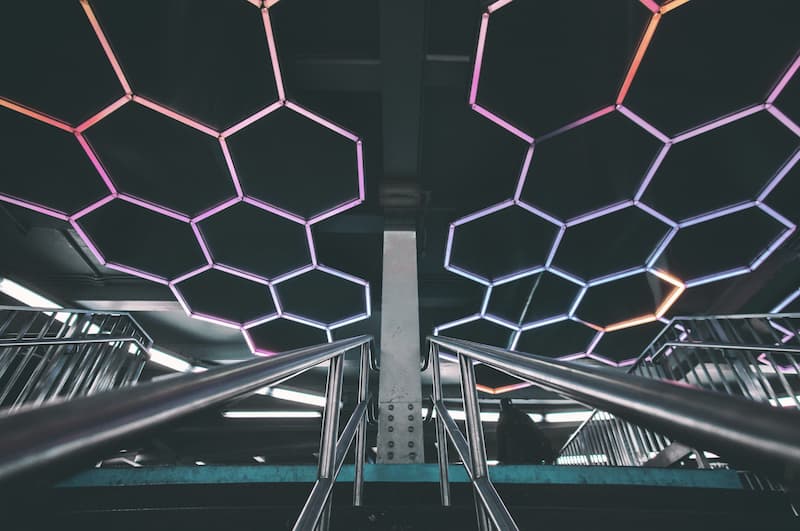LEDs in architecture: Integrating design and function

Strictly speaking, for many, the sole purpose of lighting is to illuminate a space. At its most basic level, this is, in fact, true. However, if you find yourself standing in an architectural masterpiece you will quickly find that lighting holds the stage for all architectural possibilities. The relationship between architectural design and light is inevitable, necessary and intentional.
It is in understanding this effortless connection that we can truly understand how LEDs have transformed an entire industry of creatives.
Three architectural lighting considerations
1. Aesthetic
Unsurprisingly, aesthetic lighting is crucial for any commercial and residential application. The artistic display of LED lighting allows colours and textures found throughout the space to be enhanced, enriched and emphasised.
Lighting ultimately allows architects, designers and occupants to play, experience and connect with buildings on a deeper level. LED lighting, therefore, becomes an artistic tool used to narrate the intentions of a building or room which inherently helps solidify people’s understanding of architecture. Aesthetic lighting ultimately determines and articulates the mood, energy and interpretation of any given architectural space.
2. Functionality
Beyond working to create a visually appealing space, LEDs have helped communicate intended functions. Have you ever taken note of how spaces built with the intent of relaxation are usually accompanied by softer, warmed LED lights? Whereas, for example, warehouses and factories are known for using brighter, more fluorescent LED light bulbs? Without explicitly explaining the function of the room, lighting inevitably dictates its purpose.
LED lighting is also able to convey a sense of intention, spatial awareness, orientation and depth perception in any given room. Choosing complementary lighting in architecture will help communicate the function of the room without needing to explicitly dictate its exact uses.
3. Energy efficiency
Architectural industry experts have called for all designs and constructions to follow various environmentally conscious protocols. This is to help an industry, that is notoriously known for its negative impact on the environment, to minimise its negative contributions.
In response, many architectural firms have turned to LED lighting. Its most significant attribute is its low heat emission percentage. Particularly when compared to its more traditional counterpart – incandescent bulbs. This lighting solution is therefore ultimately favoured for its relevance in a world that looks to enforce environmental awareness and responsibility.
Benefits of LED lighting in architecture
Lighting is incredibly powerful, particularly when assessing building standards. Here’s why:
1. Design flexibility:
The use of standardised lighting applications and concepts have proved outdated. Architects and designers alike are now challenging the norms and using light to diversify contemporary works. LED lighting, therefore, allows creatives to embrace free from styles as this lighting solution plays on adaptability.
2. Introducing necessary light:
LED lighting can improve quality of life by illuminating a space. This has been known to have positive effects on human health. Lighting will help improve comfort levels, increase productivity and improve overall moods.
3. Spatial transformation:
Depending on its use, LEDs will completely transform a space. Whether that is to enlarge a space or highlight certain aspects, LEDs allow us to create spaces that are visible, habitable and valued. This is significant when assessing design outcomes and how spaces will be enhanced and influence human experiences.
As architects and designers look to merge function with designs, LED lighting has proved to be the go-to tool used to merge these two concepts. These lighting fixtures are not only inherently revolutionary but inspiring, sustainable and purposeful to an industry that actively contributes to society.
Successful architectural lighting, therefore, requires extensive insights, experience and knowledge. The Lamphouse has helped many architectural visions come to life through the use of our lighting expertise and technologies. Click here to get in contact with our team today!